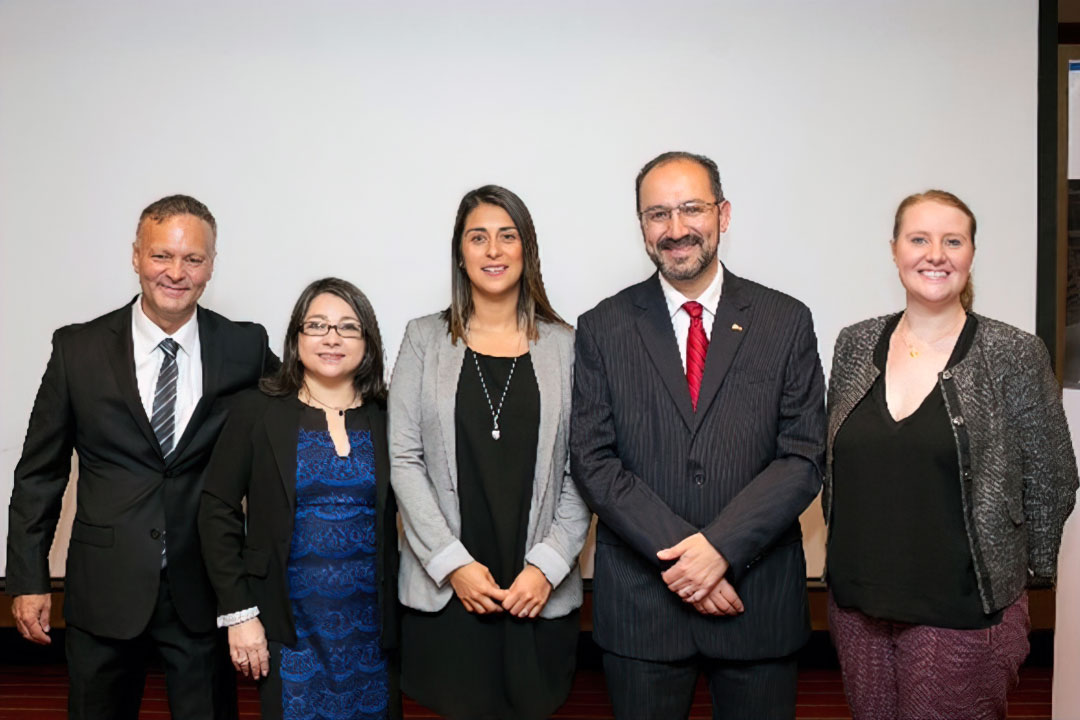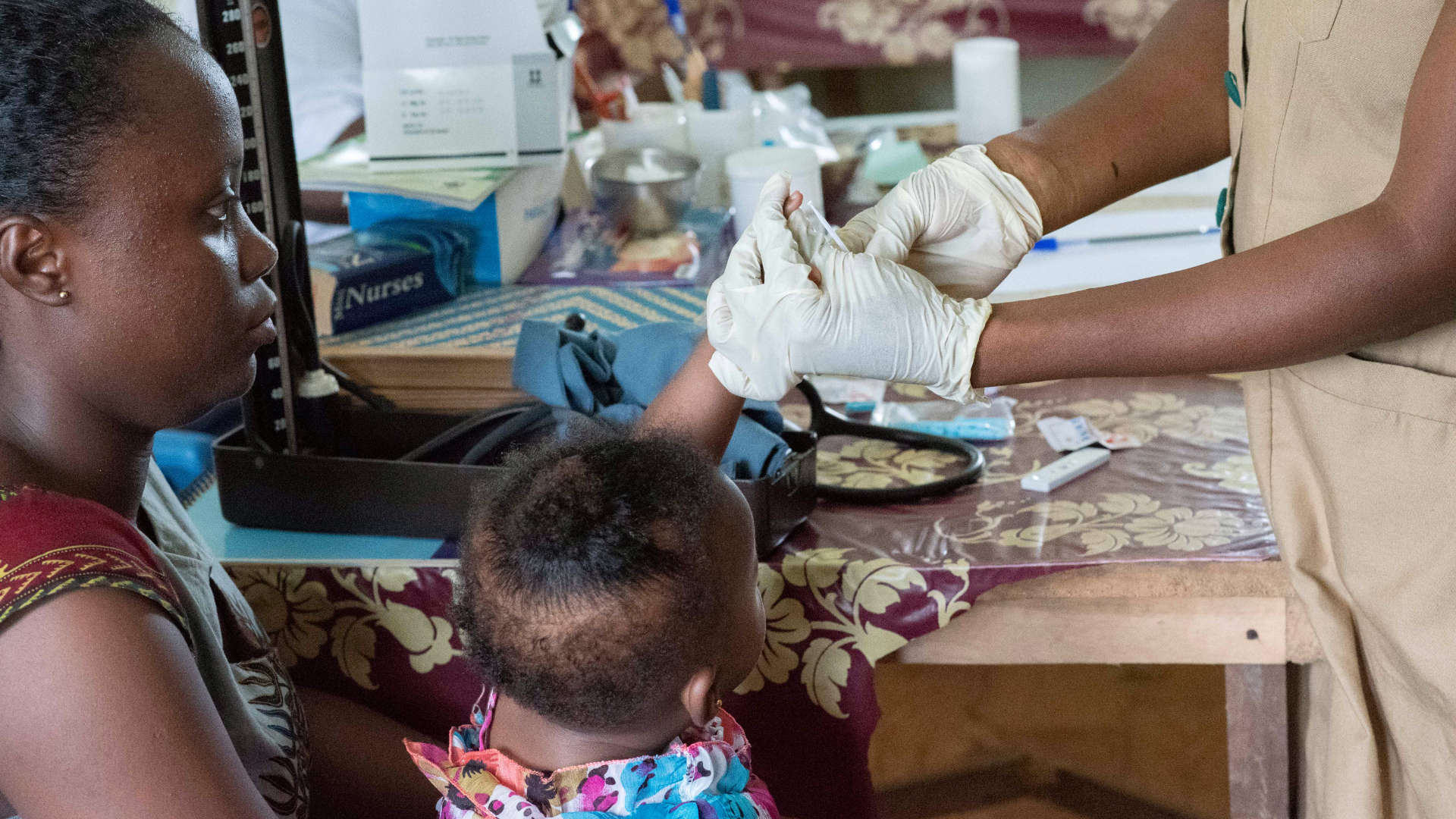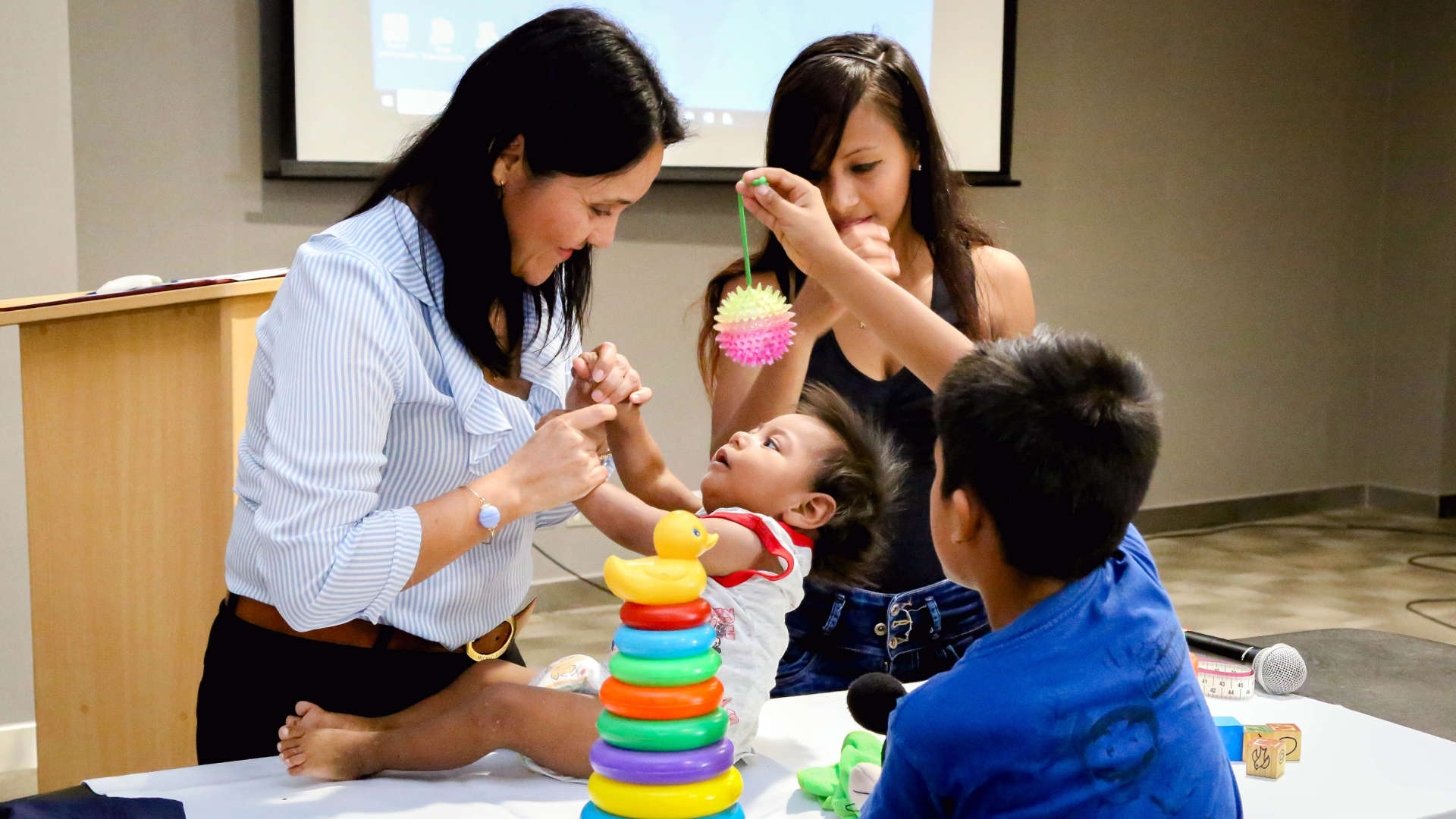Digital technology allows supply chain processes to be more simple and agile. It also helps generate reliable and transparent reports to streamline both planning and decision-making resulting in improved access to safe, effective, and quality-assured medicines.
During the past decade, URC has used digital technology on the ground to streamline processes, connect people, and create more transparent and efficient solutions to supply chain challenges. This includes GS1 barcode technology, mobile applications, and web-based forecasting tools.
Ensuring Safe, Quality Medicines through GS1 Technology in Guatemala
In many countries, ministries of health and many other institutions are constrained by limited availability of medicines and medical supplies. In some cases, organizations resort to purchasing emergency commodities locally at higher prices. This increases the chances for acquiring counterfeit and substandard commodities.
Starting in 2018 in Guatemala, URC began supporting the Ministry of Health and the Guatemalan Social Security Institute to both roll out GS1 barcode technology and advocate for the adoption of GS1 standards to strengthen the traceability of medicines and inventory management at the Central Medical Stores. GS1 is a not-for-profit organization that develops global standards, the best known of which is the barcode – a symbol printed on products that can be scanned electronically.
With URC support, the ministry and the Social Security Institute teamed up with GS1 to obtain barcode printers and readers and trained staff in their use. Both the ministry and institute initiated a one-year pilot at their Central Medical Stores – their main warehouses – that ended in 2019 with promising initial results. The COVID-19 pandemic delayed scale-up, but that is back on track for late 2021.
While digital technology is only part of the solution, this pilot already is sparking interest in GS1 technology from other supply chain staff managing regional warehouses. Their goal is to use this low-cost equipment to enhance good governance, transparency, and accountability for commodities, while simplifying inventory management.
Innovations Improve Availability of HIV Commodities in Uganda Public Hospitals
In 2011 in Uganda, the Ministry of Health was managing several supply chains for HIV commodities as donors funding these programs were not coordinating with each other and their supply chain information systems were not linked.
Under the USAID SUSTAIN Project, URC helped implement a unified vision for the logistics management system for antiretrovirals (ARVs). The vision called for enhanced coordination and cooperation among donors and the Ministry of Health.
URC supported the identification and training of supply chain champions at each HIV/AIDS clinic and the introduction of simple, low-cost mobile technology during 2011 and 2012 – technology which still is used today. This includes mobile application with a digital dashboard to capture and report existing stock levels, consumption amounts, and submit supply requisition orders for HIV test kits, and ARVs.
Enhancing the Supply Chain for ARVs and Laboratory Supplies in Panama and Guatemala
In 2016, the Ministries of Health in Panama and Guatemala lacked a tool for reviewing supply chain data to support HIV/AIDS commodities procurement planning, decision making, and distribution at HIV/AIDs clinics.
In Panama, the process mostly was paper-based. In Guatemala, using Excel spreadsheets were the norm. Neither used a standardized data collection tool, which contributed to a chaotic situation with either overstocks or stock-outs of life-saving commodities at regional warehouses. The disparities affected the amounts forecasted for procurement, leading to heated discussions with local and international providers, as local officials were often blamed for outages of life-saving commodities.
URC supported the development of low-cost web-based logistics management information systems, including the design, testing, and scale-up of the applications nationwide in both countries.
Today, anyone with access to these systems can see the stock status in real time through reports that instantly flag clinics with overstocks or close to or at stock-out. The system triggers an immediate dispatch of commodities to facilities to ensure patients receive their monthly lifesaving medicines.
In all supply chain work carried out, an environment of cooperation and coordination with local counterparts is key to ensure ownership and sustainability of systems.



